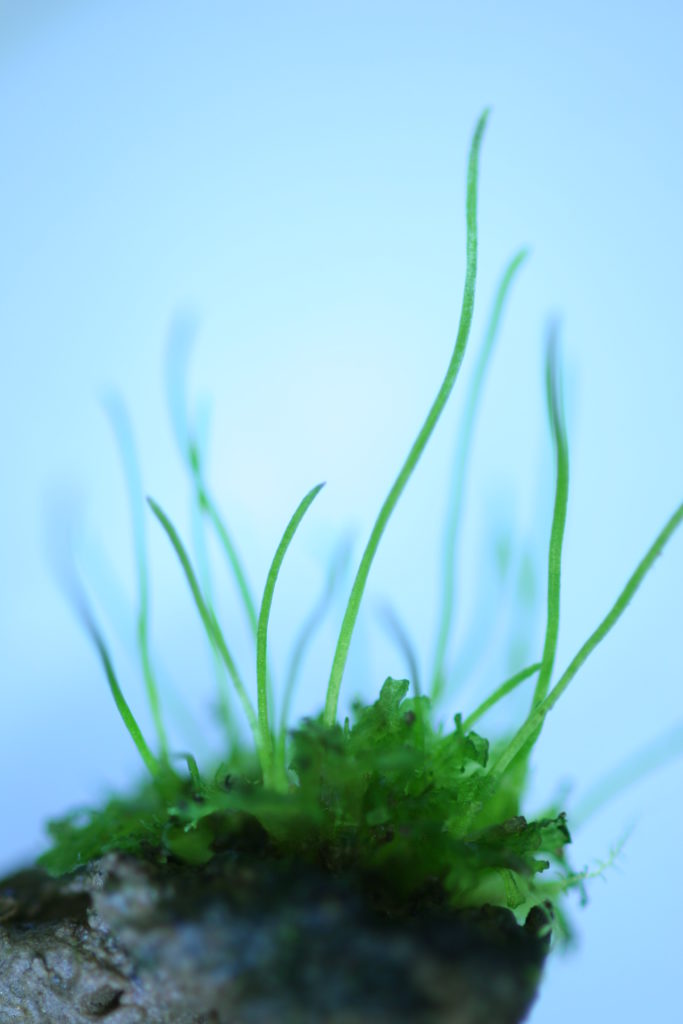
Genetic basis of the hornwort’s carbon-concentrating mechanism
Biophysical carbon concentrating mechanisms (CCMs) operating at the single-cell level have evolved independently in some eukaryotic algae and a single lineage of land plants, the hornworts. An essential component for an efficient biophysical CCM is a pyrenoid, which represents a specialized compartment inside chloroplasts that mainly comprise the CO2-fixing enzyme RuBisCO. Hornworts with pyrenoids fix significantly more carbon than their relatives without pyrenoids. Given the repeated gains and losses of pyrenoids in hornworts during the last 50 million years, we may assume that their assembly is potentially controlled by a few master regulators of eco-evolutionary relevance. In a joint effort, we will combine comparative -omics with reverse genetics tools to study the genetics, function, and molecular basis of pyrenoid-based CCM in hornwort plastids under different environmental conditions. Guided by ultrastructure-based monitoring of the pyrenoid assembly in hornworts, we aim to identify the genetic toolkit of biophysical CCM in hornworts through two interdependent approaches: First, we aim to predict candidate CCM components in silico though a set of homology searches that compare the hornwort gene set with algal CCM component. Second, we employ an exploratory gene and protein (co)expression profiling of isolated plastids collected under low vs. high CO2 concentrations and under flooding. A strength of our experimental design is that we contrast pairs of pyrenoid bearing and pyrenoid lacking hornwort species and consider the unusual association of the hornworts with cyanobacterial symbionts. This exploratory analysis is necessary because there is no guarantee that CCM induction and biophysical function of pyrenoids relies only on a set of homologous genes in hornworts and algae. Finally, we will investigate pyrenoid functionality under various environmental conditions and regarding its role for the cyanobacterial association. Specifically, we aim to conduct localization and functional validation analyses for a core set of genes discovered in our CCM gene prediction approaches. These experiments are possible through our recent advances to establish Anthoceros agrestis and other hornwort species as a tractable model system. Together, our collaborative project will not only allow a comparison of the mechanisms of pyrenoid assembly between algae and hornworts, but also reveal general principles and species-specific innovations in the evolution of carbon-concentrating plastids. Above that, focusing on and understanding the basis of land plant CCM instead of only the algal form could eventually contribute to efficiently engineer pyrenoid assembly and boost photosynthetic efficiency of crops.